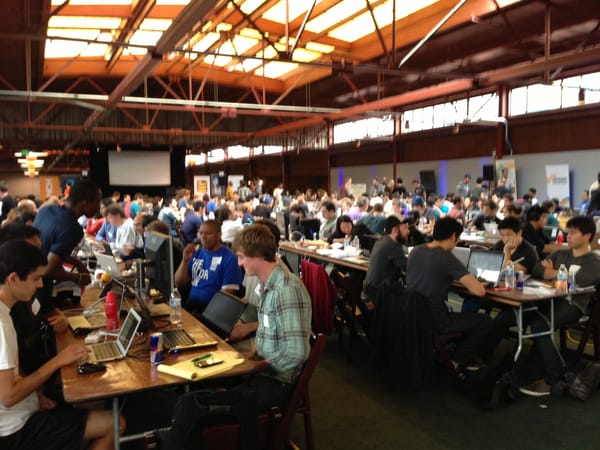
blogging
Work-Life Balance
My 14-year-old son asked me today about work-life balance. He wanted to know how to achieve it and get better at it. I think he believes I got this figured out, but the truth is that for me, this is an ongoing process. If you don’t balance your job

